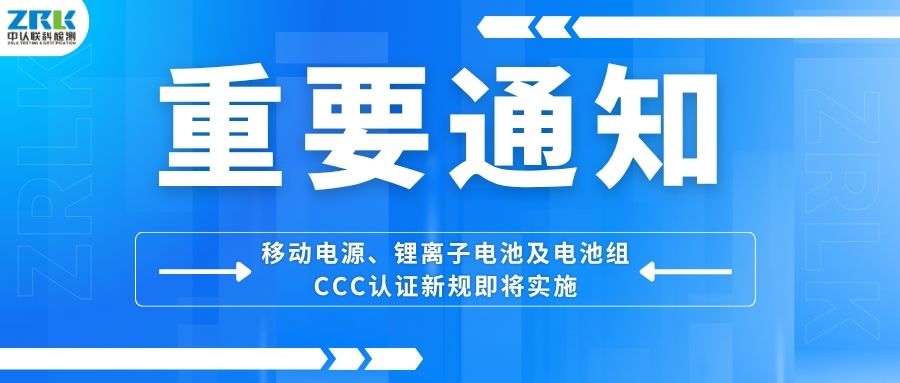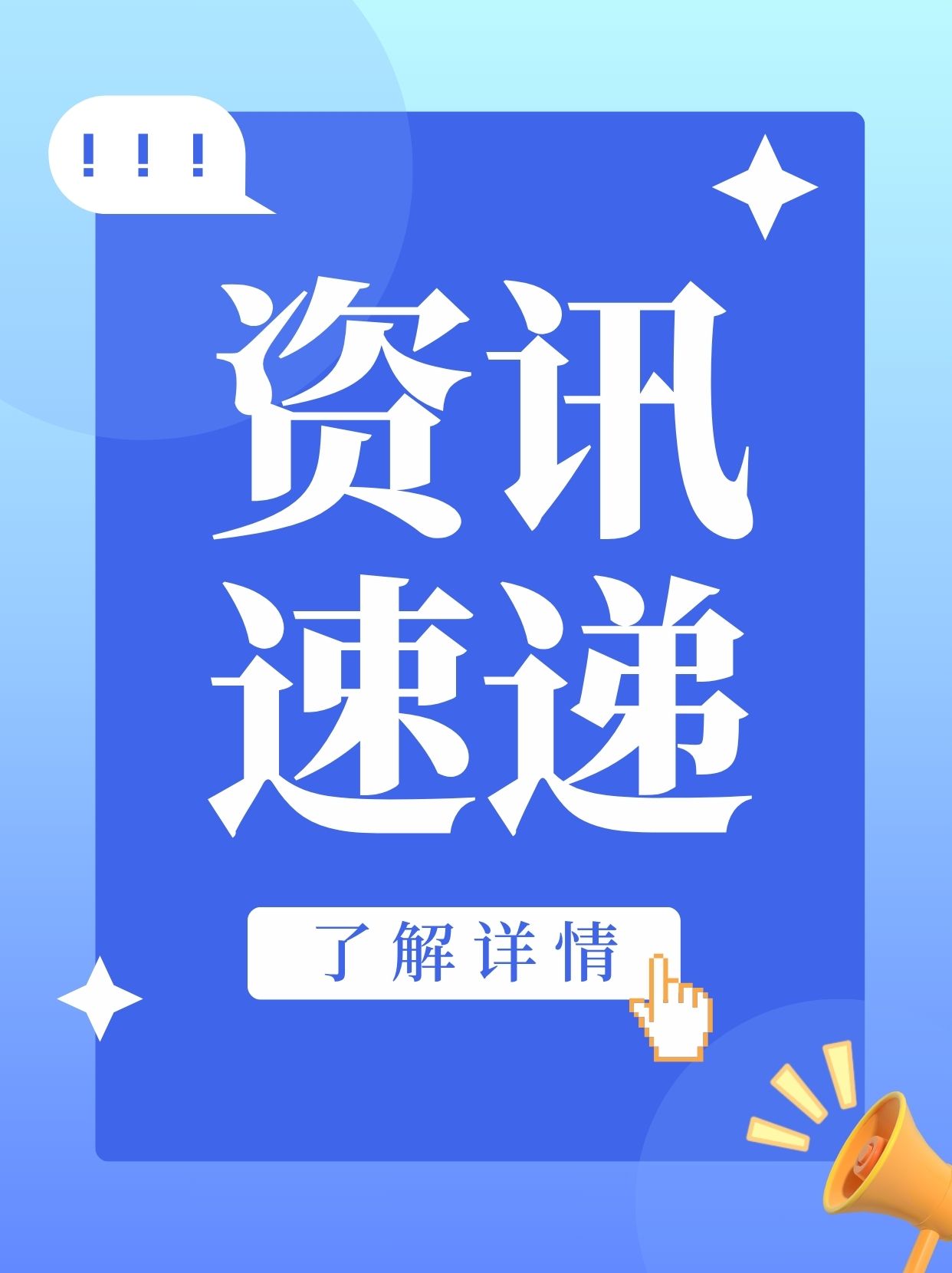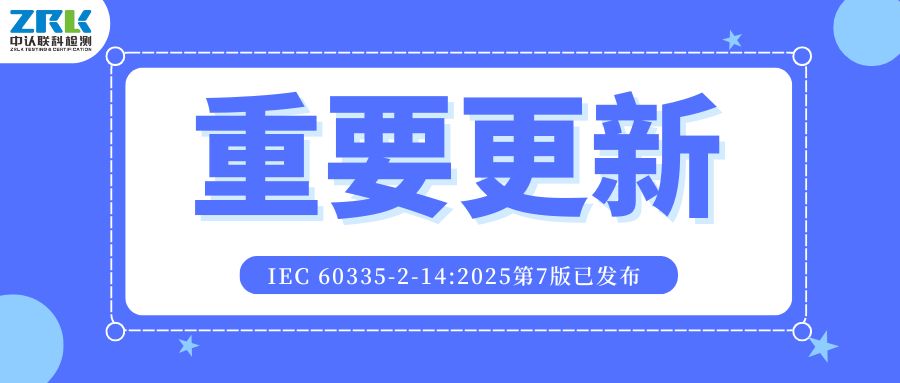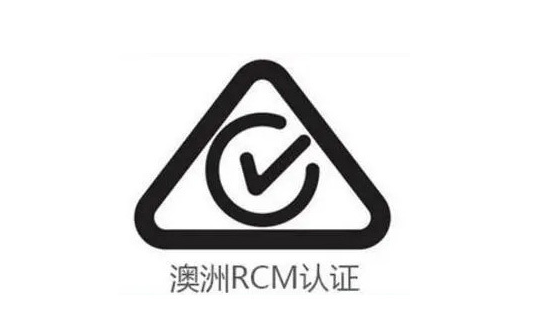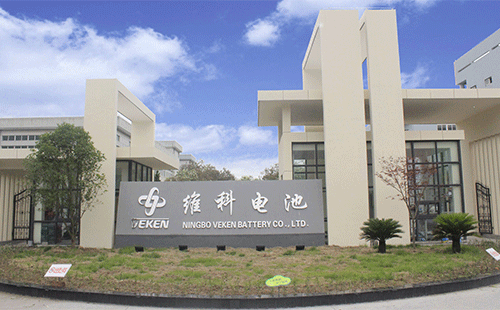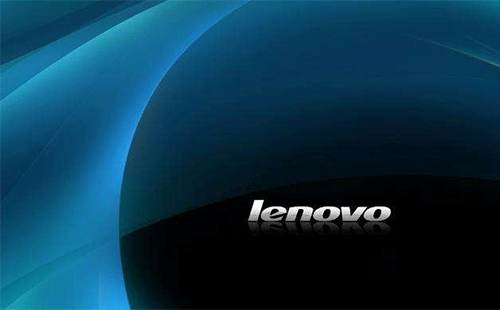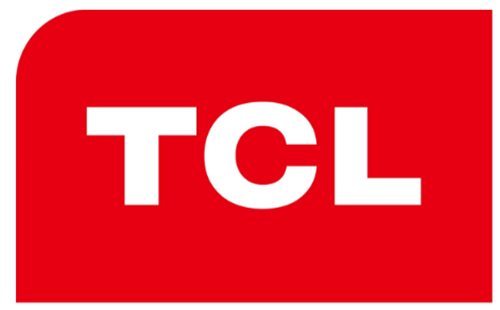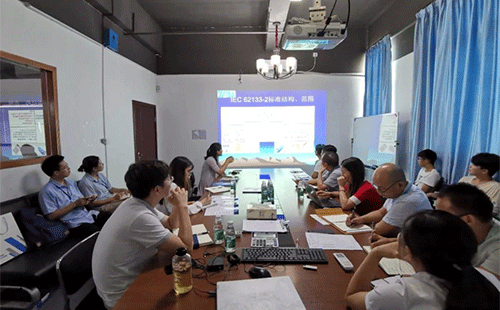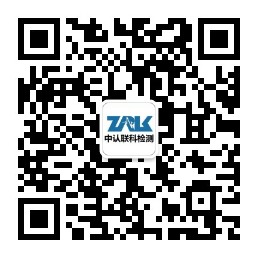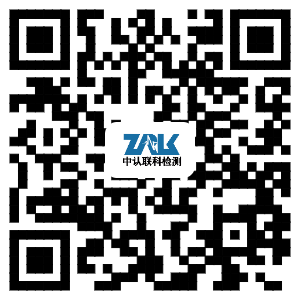Canadian technical regulations usually include Act and Regulation, both of which are formulated by relevant competent authorities. As a higher-level law, the bill mainly stipulates some basic requirements from a macro perspective, while the regulations are based on the bill to formulate specific technical requirements and implementation rules for specific products or specific substances. The Canadian Consumer Product Safety Act includes the following regulations related to toys:
1) "Toys Regulations" (SOR/2011-17)
The regulations point out that toys are products designed for children under the age of 14 for playing or learning, and make relevant regulations on toys' physical and mechanical properties, flammability, chemical safety, and labeling.
2) "Leaded Consumer Products Regulations" (SOR/2018-83)
The regulations require that the lead content of children's toys that will come into contact with the user's mouth during normal use shall not exceed 90 mg/kg. This requirement can be exempted in the following three situations:
a) Lead is necessary to produce the basic characteristics of the part;
b) No alternative parts with less lead content are available;
c) When tested in accordance with good laboratory practices, the amount of lead released by the component does not exceed 90 mg/kg.
3) "Phthalates Regulations" (SOR/2016-188)
The regulations mainly stipulate the limit of phthalates:
a) The vinyl in toys or child care products must not contain more than 1000 mg/kg of bis(2-ethylhexyl) phthalate (DEHP), dibutyl phthalate (DBP) and phthalate Benzyl butyl formate (BBP);
b) The vinyl in any part of a toy or child care article placed in the mouth of a child under four in a reasonably foreseeable manner shall not contain more than 1000 mg/kg of diisononyl phthalate (DINP) and phthalate Diisodecyl dicarboxylate (DIDP) or di-n-octyl phthalate (DNOP).
4) "Regulations on Surface Coating Materials" (SOR/2016-193)
According to the requirements of the regulations, the total lead content of the surface coating materials of children's toys shall not exceed 90mg/kg, and the total mercury content shall not exceed 10mg/kg.
5) "Children's Accessories Regulations" (SOR/2018-82)
The regulation states that jewelry is mainly made for children under the age of 15, designed for size, decoration, packaging, advertising or sale of jewelry, but does not include badges, achievement medals or other similar items that are usually worn occasionally.
The regulations stipulate:
a) The lead content in children's accessories shall not exceed 90mg/kg;
b) Children's accessories that are completely packed into the measuring cylinder of small parts with a force of not more than 4.5N, the content of cadmium does not exceed 130mg/kg.
Requirements for electronic toys and radio toys
The Canadian Department of Innovation, Science and Economic Development (ISED) is responsible for the registration and certification services of radio equipment and terminal equipment in the Canadian market. It specifies the general requirements for the compliance of radio equipment, and specifies the relevant electromagnetic compatibility requirements for other interfering devices. Electrical toys exported to Canada must comply with these requirements, and the intensity of their external radiation cannot exceed the prescribed limits, and the remote control frequency selected by the remote control toy must meet its regulations. The certification methods include applying for certification to the CB certification body to obtain a certification certificate and the supplier's declaration of conformity (SDoC).
Canadian toy product market access and market supervision
The Canadian "Toys Regulations" deal with the hazards of children's toys in terms of machinery, flammability, toxicity, electrical and heat generation. In Canada, it is illegal to import, promote, or sell toys that do not meet the requirements. It is the responsibility of manufacturers, importers, distributors, and retailers to comply with this law. With the exception of electronic and wireless toys, Canada has no certification or pre-approval procedures for children's toys. It is the industry's responsibility to ensure that toys comply with all relevant requirements of Canadian law. Testing toys in accordance with the Toy Regulations and other applicable regulations of the Canadian Consumer Product Safety Act is a means of verifying toy compliance.
Reminder
For children's toy products exported to the Canadian market, relevant tests should be completed in accordance with Canada's safety control requirements for children's toys to ensure the safe and smooth export of products. ZRLK Toy Lab has been accredited by ISO/IEC 17025 by multinational accreditation bodies, which can help your children's toy products enter the Canadian market smoothly.


